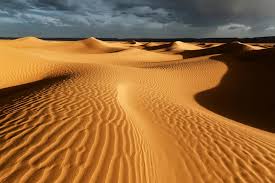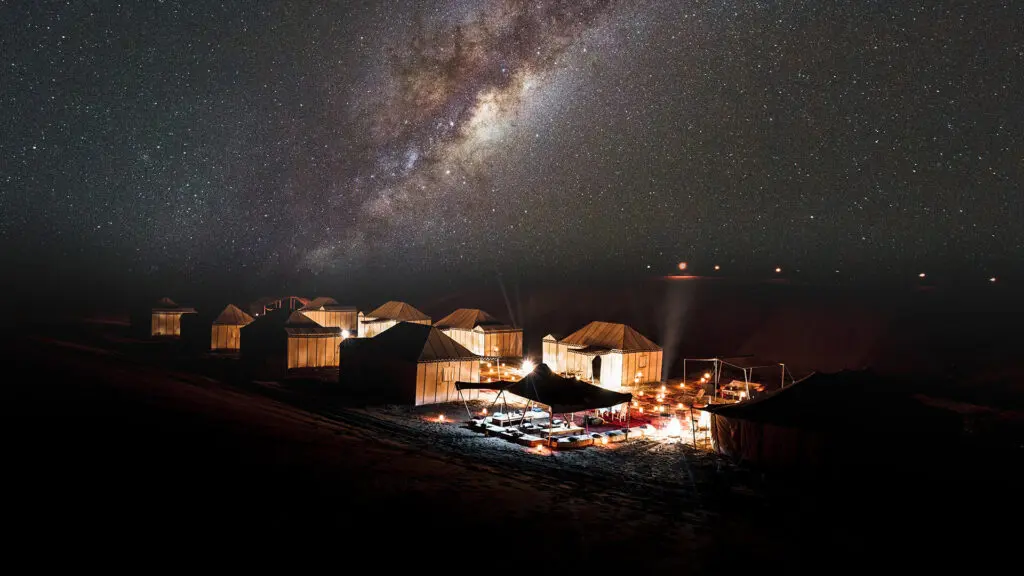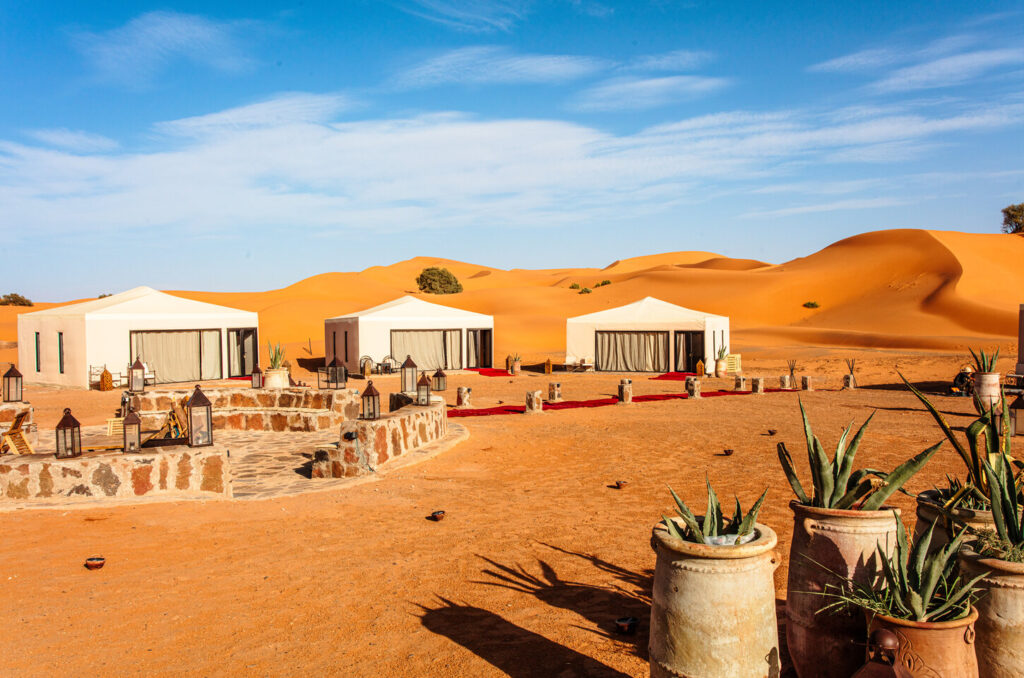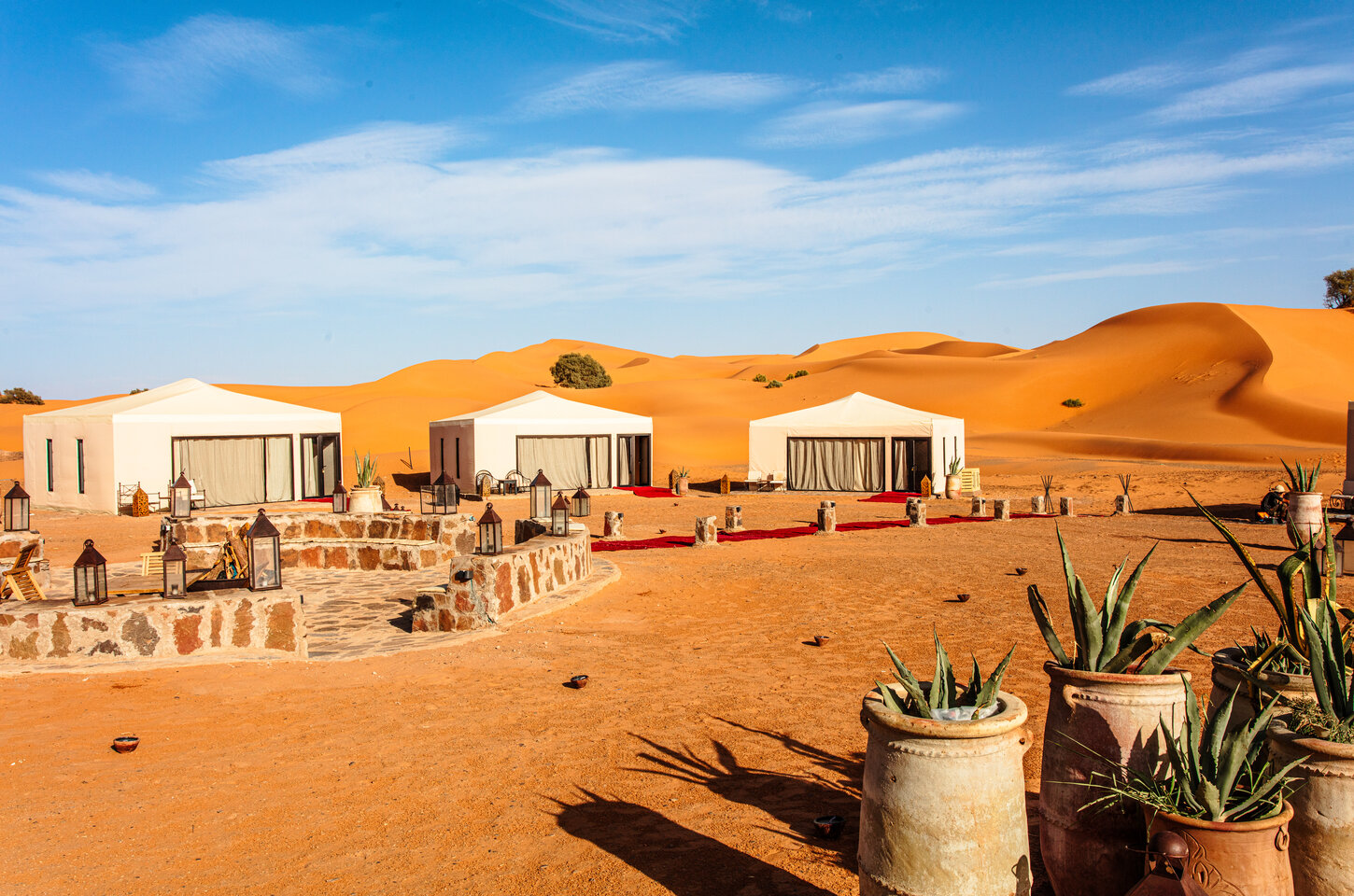The Sahara Desert is not just a destination—it’s a dreamscape of golden dunes, starlit skies, and raw natural silence that speaks to the soul. Spanning over 9 million square kilometers, it stretches across multiple countries including Morocco, Tunisia, Algeria, and Egypt. But if you’re planning to experience this otherworldly terrain, one decision can shape everything: when should you go?
This guide breaks down the best time to visit the Sahara Desert, with in-depth insights for every season, expert travel tips, climate breakdowns, and real recommendations based on local tour operations. Whether you’re planning a Morocco desert tour or a trans-Saharan adventure, this is the guide you need.
Why Timing the Sahara Right Matters
Unlike temperate destinations, the Sahara doesn’t play by predictable rules. Temperatures can rise above 45°C (113°F) during the day and plunge to freezing levels at night, especially in winter. Its extremes are legendary, and they affect everything: the comfort of your camel trek, the depth of your sleep in a desert camp, and your ability to simply enjoy being there.
Places like Merzouga, home to the majestic Erg Chebbi dunes, or M’Hamid and Erg Chigaga, known for their untouched remoteness, all experience unique seasonal patterns. Choosing the right time of year allows you to experience these regions fully—without battling heatstroke, frostbite, or seasonal sandstorms.

Spring (March to May): The Golden Season
Daytime Temperatures: 22–30°C
Nighttime Temperatures: 10–15°C
Spring is widely considered the best time to visit the Sahara Desert. The climate is ideal for long camel rides, sunrise treks, and stargazing from desert camps. The dunes are golden, the skies are clear, and the air is dry but breathable.
Why Spring Works:
- Mild, pleasant temperatures during the day
- Nights are cool but not harsh
- Blooming flora in oasis regions
- High availability for both group and private desert tours
March and April also bring some of the best photo conditions, with softer natural light and less atmospheric haze.
Pro tip: While rare, sandstorms are still possible in early spring. Bring a scarf or desert cheche for eye and face protection.
Autumn (September to November): Balanced & Beautiful
- Daytime Temperatures: 25–32°C
- Nighttime Temperatures: 15–20°C
Autumn is another excellent time to explore the Sahara. After the oppressive heat of summer, temperatures begin to drop, making outdoor activities much more enjoyable. October is a particular favorite for many experienced desert guides.
Why Autumn Shines:
- Warm days, cool nights
- Less crowded than spring
- Perfect conditions for multi-day desert hikes
- Ideal for desert photography and golden-hour camel rides
If you’re planning to combine your desert trip with visits to Ouarzazate, the Draa Valley, or Ait Ben Haddou, autumn’s comfortable temperatures make logistics much smoother.
Pro tip: November is peaceful, with few tourists and expansive, quiet landscapes.
Winter (December to February): Quiet, Crisp, and Cosmic
Daytime Temperatures: 10–20°C
Nighttime Temperatures: 0–5°C
While often overlooked, winter in the Sahara has a serene magic. Days are cool and comfortable for hikes, and the absence of crowds allows for a more intimate desert experience. The skies are clearer than at any other time of year, offering phenomenal stargazing.

Why Winter Is Special:
- Perfect for travelers seeking solitude
- Amazing astrophotography opportunities
- Calm winds and dry air
- Peaceful desert lodges and quiet camps
However, nights can be extremely cold. Come prepared with warm layers, especially if you’re staying in a traditional Berber tent.
Pro tip: Book desert camps with proper bedding or heating during this time.
Summer (June to August): For the Brave
Daytime Temperatures: 38–48°C
Nighttime Temperatures: 20–25°C
Summer is the most challenging time to visit the Sahara Desert. Extreme heat limits daytime activities, and many camps close or significantly reduce services during July and August. However, if you’re a seasoned traveler seeking solitude and unbeatable deals, it can still be an option.
What to Expect:
- Only early morning and evening excursions are safe
- Incredible, undisturbed views due to low tourism
- Best pricing on desert accommodations
- Opportunity for private, personalized experiences
Pro tip: Always travel with a guide, plenty of water, and UV-protective clothing. Avoid sun exposure between 11 a.m. and 5 p.m.
Quick Comparison Table
Season Best Months Pros Cons
Spring March – May Ideal weather, blooming oases, long days Some seasonal winds (rare)
Autumn Sept – Nov Balanced temps, fewer crowds Shorter daylight in Nov
Winter Dec – Feb Stargazing, low crowds, crisp air Very cold nights
Summer June – Aug Best prices, quiet, beautiful sunsets Extreme heat, limited tour options
Best Time by Experience
Camel Trekking: March–May, Sept–Nov
Luxury Desert Camping: April, October, November
Photography & Stargazing: March, October, December
Budget Travel: Summer months & January
Cultural Festivals: December (Tunisia), April (Moussem in Morocco)

What to Pack Based on Season
Spring/Autumn: – Breathable layers – Sunglasses & SPF – Light jacket for evenings – Sturdy shoes or boots
Winter: – Thermal base layers – Insulated jacket, beanie, gloves – Extra blanket or sleeping bag liner
Summer: – UV-blocking clothing – Wide-brimmed hat – Rehydration salts – Cooling towel
Year-Round Essentials: – Scarf or cheche – Reusable water bottle – Headlamp or flashlight – Backup battery pack
Top Sahara Destinations to Consider
Merzouga (Erg Chebbi): Easy access, iconic dunes, ideal for first-timers
Erg Chigaga: Remote, authentic, off-grid experience
M’Hamid El Ghizlane: Gateway to the deep desert, near Zagora
Douz (Tunisia): Best in December during the Festival of the Sahara
Frequently Asked Questions
When is the absolute best month to visit the Sahara Desert?
April is often considered the ideal month for its moderate temperatures, clear skies, and full access to desert camps and activities.
Is the Sahara too cold in winter?
Not during the day. Expect 15–20°C highs. But nights can drop to 0°C, so pack accordingly if camping.
Can I visit the Sahara in summer?
Yes, but only with careful planning. Choose dawn or sunset tours and stay in shaded or air-conditioned lodges.
Do I need to book in advance?
For spring and autumn: absolutely. Desert camps fill fast during high season, especially Merzouga and Chigaga.
Final Word: Timing Turns a Good Trip into a Great One
To truly enjoy the Sahara’s grandeur—from camelback rides across towering dunes to sipping mint tea under constellations—timing is everything.
For most travelers, spring (March–May) and autumn (September–November) offer the most rewarding experiences: balanced weather, reliable tour operations, and vivid desert beauty. Winter is peaceful and perfect for stargazers and photographers. Summer, while intense, offers unbeatable solitude and low prices for those prepared.
So, what’s your Sahara story going to be? Choose your season, pack smart, and get ready to write it in the sands of time.

